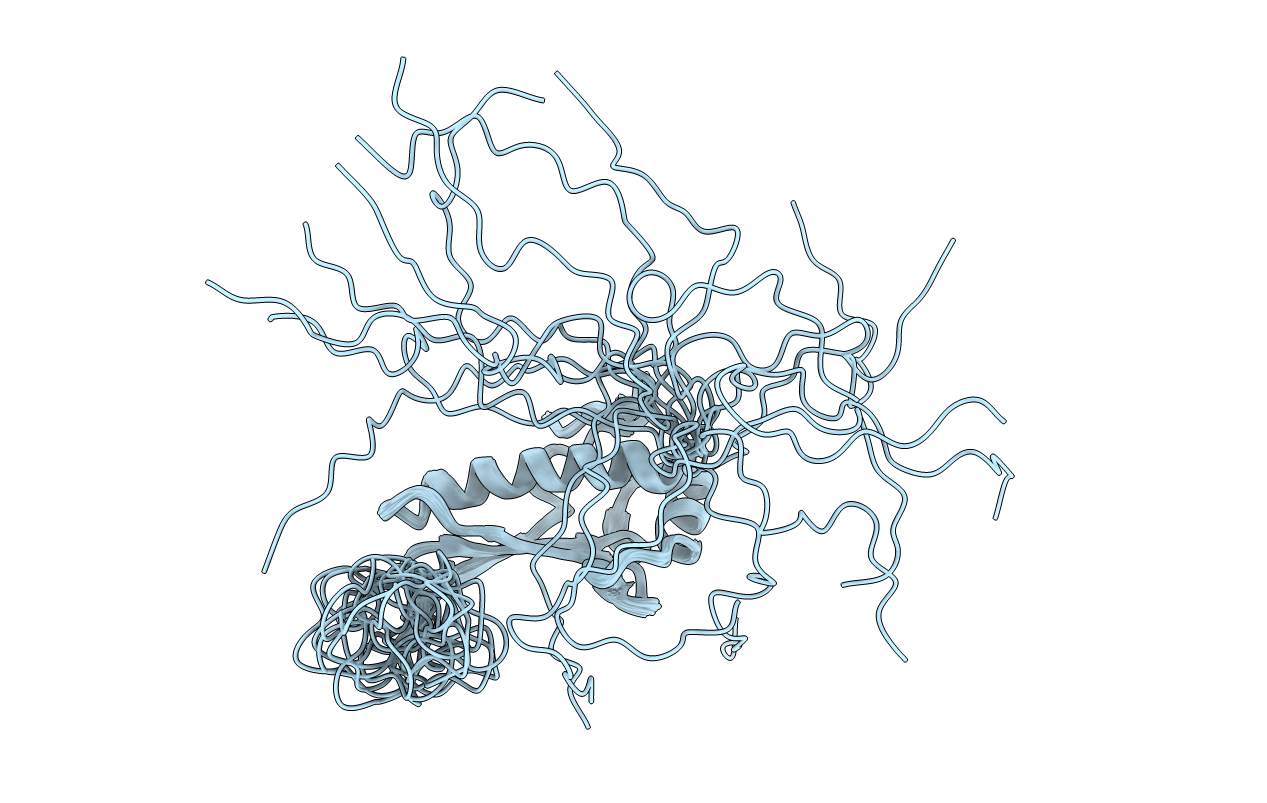
Deposition Date
2013-09-21
Release Date
2013-12-25
Last Version Date
2024-05-15
Entry Detail
PDB ID:
2RTX
Keywords:
Title:
Solution structure of the GGQ domain of YaeJ protein from Escherichia coli
Biological Source:
Source Organism:
Escherichia coli (Taxon ID: 83333)
Host Organism:
Method Details:
Experimental Method:
Conformers Calculated:
100
Conformers Submitted:
20
Selection Criteria:
target function


